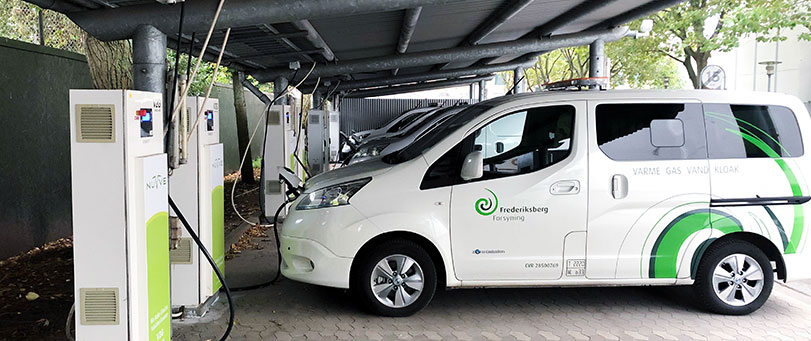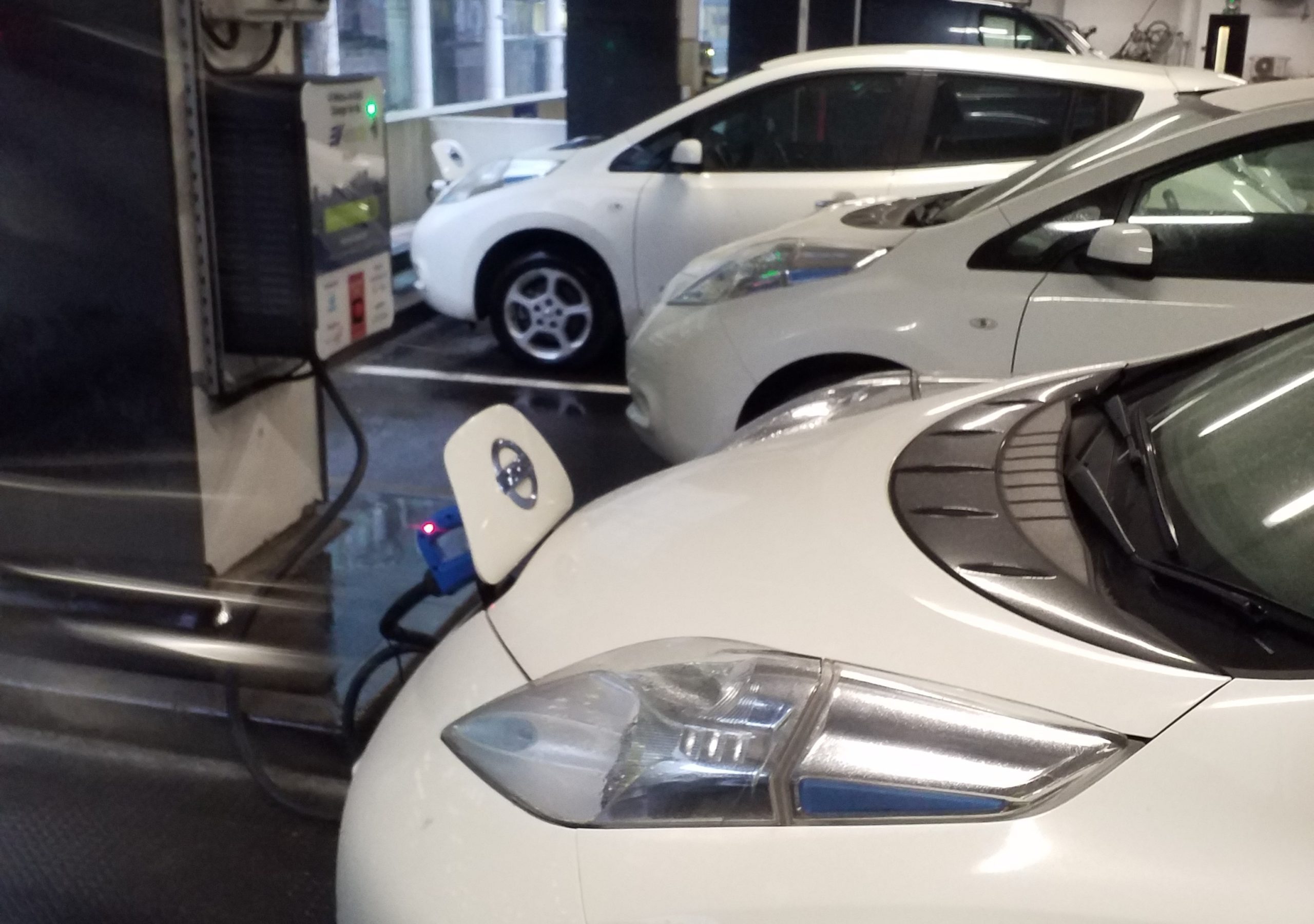Home / Nature & Environment / Sustainability / Vehicle-to-Grid Charging for Electric Cars / A Non-Domestic V2G Case Study

Reach your personal and professional goals
Unlock access to hundreds of expert online courses and degrees from top universities and educators to gain accredited qualifications and professional CV-building certificates.
Join over 18 million learners to launch, switch or build upon your career, all at your own pace, across a wide range of topic areas.


 Frederiksberg Forsyning fleet vehicles providing V2G services. Source: Nuvve Corp
Frederiksberg Forsyning fleet vehicles providing V2G services. Source: Nuvve Corp West Midlands Police Head Quarters V2G Install
West Midlands Police Head Quarters V2G Install






